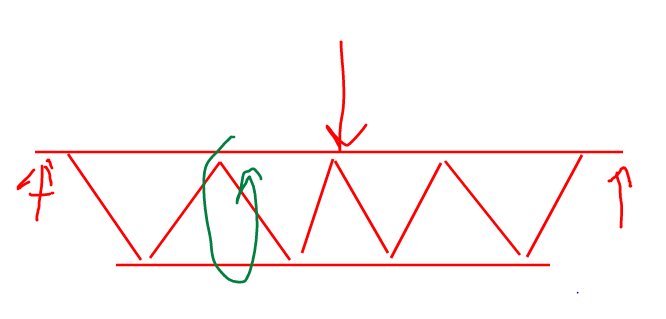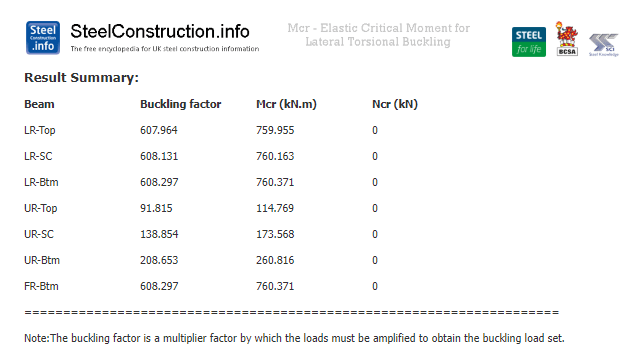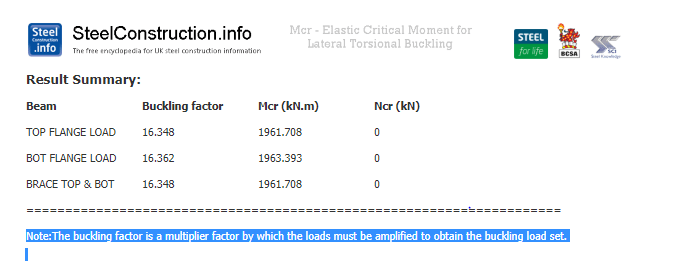I have a long, simply supported beam with a single load at the center (like a fixed gantry hoist). It seems like if I provide full lateral support at the ends and the load point, that I wouldn't have to make any concessions for lateral torsional buckling. Is there any justification for this in AISC?
Navigation
Install the app
How to install the app on iOS
Follow along with the video below to see how to install our site as a web app on your home screen.
Note: This feature may not be available in some browsers.
More options
Style variation
-
Congratulations MintJulep on being selected by the Eng-Tips community for having the most helpful posts in the forums last week. Way to Go!
You are using an out of date browser. It may not display this or other websites correctly.
You should upgrade or use an alternative browser.
You should upgrade or use an alternative browser.
LTB if support is at the load? 4
- Thread starter Kilgore48
- Start date
- Status
- Not open for further replies.
-
2
- #2
driftLimiter
Structural
You change the unbraced length from L to L/2. If your beam is controlled by LTB or not depends on the section and the unbraced length. Just by virtue of bracing the point load location doesn't mean LTB isn't a limit state.
-
1
- #4
SandwichEngine
Structural
I agree with driftlimiter. The entire beam will see bending and therefore the top flange will see compression. The brace will keep it from laterally torsionally buckling at the mid point but if LTB controls along the top flange anywhere else the top flange is free to buckle.
- Thread starter
- #5
Kilgore48 said:provide full lateral support at the ends and the load point, that I wouldn't have to make any concessions for lateral torsional buckling.
Your instincts aren't too far off with that. While your setup doesn't preclude LTB, it is generally quite favorable to have bracing at the point of load application. If you do the k = L/2 evaluation with with an accurate assessment of Cb, I expect that your results will reflect this.
Your setup relies on the load itself to, effectively, brace the beam bottom flange laterally at the point of load application. I suspect that's fine but I wouldn't mind running an FEM buckling analysis on it for confirmation just the same. Or just run a real brace down to the bottom flange for good measure.
- Thread starter
- #7
-
1
- #8
Kilgore48 said:I show bracing on the compression flange - isn't that all you need?
Usually? It's kind of a tricky question to answer that robustly.
Imagine if your beam were really the top chord supported steel joist below. Here, we can agree that the joist would roll over catastrophically, right? The bottom chord would kick out laterally?
Next, ask yourself, what about the your real beam prevents this same outcome? I would say that it's two things:
1) The beam bottom flange acting like a girt to restrain itself laterally at the point of load application. Calling this beam torsional resistance is just another perspective on the same thing.
2) The load being applied below the top flange such that a couple is formed that would tend to resist the bottom flange kicking out laterally. This you've probably got in spades too if I'm envisioning your situation correctly.
Both of these mechanisms are real, no doubt. But neither usually gets evaluated explicitly and neither is as "positive" as positive lateral bracing to the bottom flange would be. That's why , for something that feels as though it might be pretty high stakes, I wouldn't mind some positive lateral bracing to the bottom flange.

- Thread starter
- #9
Smoulder said:Btm flange load not much help with lat brace there already,
I disagree, at least as far elastic critical LTB goes. I feel that bottom flange loading would yield a significantly higher LTB capacity than would top flange loading, even with the top flange lateral brace in play for both cases. That said, in any particular real world situation, it may well be the case that cross sectional flexural capacity is exhausted prior to the bottom flange kicking out laterally below the brace even with top flange loading.
@KootK These are results from elastic LTB analysis.
305x165x40 universal beam spanning 5m.
Restraints: LR=top flange lat restraint at midspan. UR=unrestrained at midspan. FR=full restraint at midspan.
Point load misdpan: Top/shear centre/btm flange.
Top flange load isn't destabilising if applied at restraint location because no section twist. Opposite of that is no benefit of btm flange load because no twist.

305x165x40 universal beam spanning 5m.
Restraints: LR=top flange lat restraint at midspan. UR=unrestrained at midspan. FR=full restraint at midspan.
Point load misdpan: Top/shear centre/btm flange.
Top flange load isn't destabilising if applied at restraint location because no section twist. Opposite of that is no benefit of btm flange load because no twist.

Smoulder said:@KootK These are results from elastic LTB analysis.
I did some monkeying around using the same tool and came up with these results:
1) Bottom flange loading appears to be irrelevant for this situation.
2) The low brace appears to be irrelevant for this situation.
I was using a slender 610 @ 10m span and top flange lateral braces at the quarter points and mid span.
So thank you for setting me straight on this.

- Status
- Not open for further replies.
Similar threads
- Replies
- 12
- Views
- 9K
- Question
- Replies
- 5
- Views
- 11K
- Question
- Replies
- 55
- Views
- 16K
- Replies
- 3
- Views
- 3K
- Locked
- Question
- Replies
- 2
- Views
- 580
